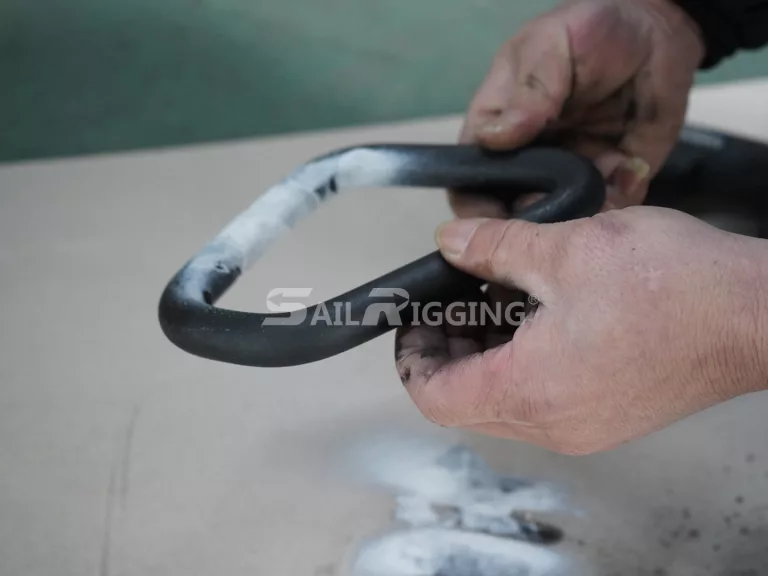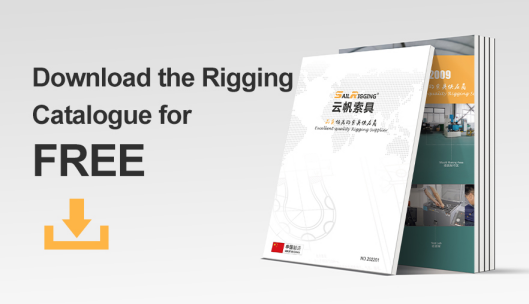Ensuring the safety and reliability of rigging hardware is paramount in industries ranging from construction to maritime operations. One essential method employed to assess the integrity of rigging components is Magnetic Particle Testing (MPT). In this article, we explore what MPT entails, why it’s crucial for rigging hardware, and how it enhances safety standards in various industries.
Understanding Magnetic Particle Testing (MPT)
Magnetic Particle Testing, also known as Magnaflux testing or MPI (Magnetic Particle Inspection), is a non-destructive testing (NDT) method used to detect surface and near-surface flaws in ferromagnetic materials. These materials include iron, steel, nickel, and certain alloys. MPT relies on the principles of magnetism and the behavior of magnetic fields around defects to identify potential flaws.
During the MPT process, the component under inspection is magnetized using a magnetic field. Ferromagnetic particles, typically iron filings or magnetic powders, are then applied to the surface of the component. Any surface cracks, voids, or other discontinuities in the material disrupt the magnetic field and attract the magnetic particles, forming visible indications or “indications” that highlight the presence of defects.
Why Rigging Hardware Requires Magnetic Particle Testing
Rigging hardware encompasses a wide range of components used for lifting, hoisting, and securing loads. Examples include shackles, hooks, turnbuckles, wire ropes clips, and lifting eye bolts. Given the critical nature of rigging hardware in supporting heavy loads and ensuring operational safety, it is imperative to detect any potential defects or flaws that could compromise their strength and reliability.
Rigging hardware is subjected to various stresses and loads during operation, including tension, compression, bending, and torsion. Over time, factors such as fatigue, corrosion, and mechanical damage can lead to the development of surface cracks, weld defects, or other discontinuities that may not be visible to the naked eye.
By subjecting rigging hardware to Magnetic Particle Testing, inspectors can accurately assess the integrity of these components and detect any hidden flaws that could pose safety risks. MPT helps identify defects such as:Surface cracks or fractures, Weld discontinuities, Heat-affected zone (HAZ) cracking, Undercutting or lack of fusion in weld, Enhancing Safety Standards
The implementation of Magnetic Particle Testing in the inspection protocols of rigging hardware is instrumental in upholding safety standards and mitigating the risk of accidents or equipment failures. By identifying potential defects before they escalate into catastrophic failures, MPT helps prevent costly downtime, property damage, and most importantly, injuries or loss of life.
In industries where rigging hardware is utilized extensively, such as construction, manufacturing, offshore oil and gas, and maritime operations, adherence to rigorous inspection practices is non-negotiable. Regulatory bodies and industry standards often mandate the use of Magnetic Particle Testing as part of routine inspections and maintenance procedures to ensure compliance with safety regulations and industry best practices.
Conclusion
Magnetic Particle Testing plays a pivotal role in safeguarding the integrity and reliability of rigging hardware in various industries. By employing this non-destructive testing method, inspectors can detect surface and near-surface flaws that may compromise the structural integrity of rigging components. As a result, Magnetic Particle Testing contributes to enhanced safety standards, risk mitigation, and operational efficiency in critical lifting and hoisting applications.
In summary, for industries reliant on rigging hardware, the integration of Magnetic Particle Testing into inspection regimes is not just a best practice—it’s a fundamental aspect of ensuring safety, reliability, and regulatory compliance. By prioritizing the integrity of rigging hardware through MPT, organizations can uphold their commitment to operational excellence and personnel safety. If you want to know more about magnetic particle test, please feel free to contact Sail Rigging.





